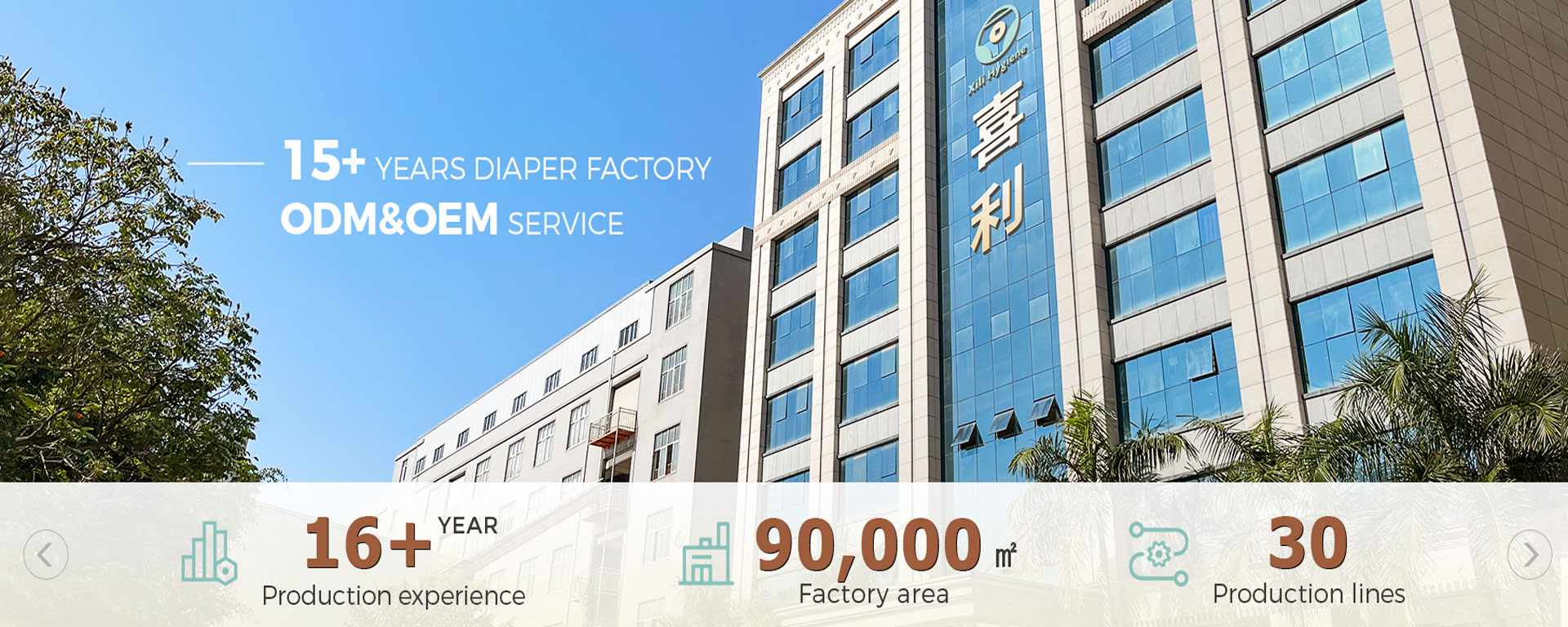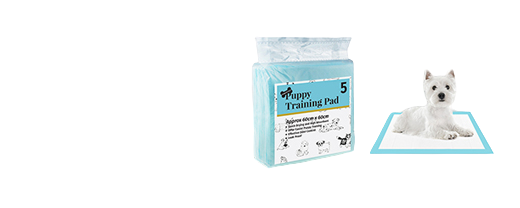
Singapore's pet mat market is expanding, with Chinese products becoming the core import force
2025-05-20 22:00
Singapore's pet pad market is accelerating its expansion, and Chinese products have become the main force of imports
As Singapore's pet economy continues to heat up, pet pads, as a core category of daily pet care, are ushering in a period of rapid growth. Data shows that the global pet pad market is expected to reach US$15 billion in 2025, with the Singapore market experiencing significant growth, boasting an average annual compound growth rate of over 6%, far exceeding the regional average. Against this backdrop, pet pads made in China have emerged as the core source of Singapore's import market, leveraging their cost-effectiveness, functional innovation, and supply chain advantages.
Market demand surges, driving the expansion of pet pad imports
The household penetration rate of pets in Singapore has reached 40%, with the number of cats and dogs exceeding 1.3 million and growing at a rate of 3%-5% annually. Pet owners' demand for pet pads has evolved from basic water absorption functions to encompass antibacterial, environmental protection, and intelligent features. For instance, Singaporean consumers prefer pet pads with antibacterial agents to combat odor issues caused by the humid climate. Simultaneously, environmentally friendly pet pads made from degradable materials have seen a steady increase in market share, aligning with the government's green policies.
As the world's largest producer of pet products, China offers a diverse range of pet pads, including cotton, memory foam, waterproof, and bamboo fiber varieties. China was also the first to introduce pet pads capable of intelligently monitoring pet health indicators, catering to Singapore's demand for high-end and technological pet products. In 2024, China's exports of pet pads to Singapore surged by 22% year-on-year, accounting for over 65% of Singapore's total pet pad imports.
Policy and logistics synergy to reduce pet pad import barriers
Singapore has reduced import tariffs and simplified customs clearance procedures through the ASEAN Free Trade Agreement (AFTA). For imported pet pads, documents such as ocean bills of lading, invoices, product information, and quality certificates are required, but toxicology test reports are not, saving time and costs for Chinese companies. Additionally, Singapore's robust logistics network and the popularity of cross-border e-commerce platforms like Shopee and Lazada have shortened the delivery cycle of Chinese pet pads from factory to Singaporean consumers to 7-10 days, significantly faster than the regional average.
Chinese brands innovate in localization to seize pet pad niche markets
Facing the uniqueness of the Singapore market, Chinese pet pad companies have enhanced their competitiveness through customized strategies:
Function upgrade: In response to Singapore's rainy climate, super waterproof and quick-drying pet pads with antibacterial coatings have been launched to meet pet owners' cleanliness requirements.
Environmental compliance: The use of degradable materials meets Singapore's environmental standards for disposable sanitary products. Some product packaging is marked with "disinfection grade" and production dates to enhance consumer trust.
Intelligent integration: In collaboration with Singaporean technology companies, smart pet pads with built-in sensors have been developed to monitor pets' heart rate and body temperature, providing real-time data feedback through mobile apps to fill market gaps.
For example, the bamboo fiber pet pads launched by the Chinese brand "Huayuan Pet" rank among the top three in sales on Singapore's e-commerce platforms due to their strong breathability and suitability for high-temperature environments. Meanwhile, the smart pet pads of "Petit Shares" offer health data services through cooperation with local pet hospitals, priced 30% higher than ordinary products but still in short supply.
Challenges and opportunities coexist for pet pad brands; Chinese brands need to deepen localization
Despite the broad market prospects, Chinese pet pad companies face three major challenges:
Local brand competition: Singaporean local brands such as B2K Pet Care occupy 30% of the mid-to-high-end market through agency of international brands and independent research and development. Its Kit Cat cat food brand has entered 40 countries globally.
Regulatory differences: Singapore has strict regulations on the use of antibacterial agents and packaging labels for pet pads. Some Chinese companies have experienced customs clearance delays due to failure to update labels promptly.
Consumer education: Singaporean pet owners are more sensitive to product safety. Chinese brands need to emphasize selling points such as "non-toxic" and "environmentally friendly" through social media and offline experience stores.
In this regard, industry experts suggest that Chinese companies can learn from the strategy of VETRESKA to set up a flagship store in Singapore, deeply understand consumer needs through localized operation teams, and cooperate with Singapore pet hospitals, chain stores, and other channels to build a "product + service" ecosystem.
Future Outlook: Chinese brands lead the Southeast Asian pet pad market radiation
As the hub of Southeast Asia's pet economy, Singapore's market trends have a demonstration effect on Malaysia, Thailand, Indonesia, and other countries. If Chinese pet pad companies can establish a foothold in Singapore, they will quickly penetrate other Southeast Asian countries with the help of regional free trade agreements and cross-border e-commerce networks. For example, China's pet pad market share in Thailand has exceeded 40%, and through cooperation with local OEM factories, production costs can be further reduced.
As Singapore's pet market transforms towards high-end and intelligent pet pads, Chinese pet pad companies need to continue increasing R&D investment, establishing technical barriers in fields such as antibacterial technology, environmentally friendly materials, and smart hardware, and consolidating their competitive advantages with differentiated products. In the next three years, the import share of Chinese pet pads in the Singapore market is expected to exceed 70%, becoming an important driving force for the take-off of Southeast Asia's pet economy.
Get the latest price? We'll respond as soon as possible(within 12 hours)















